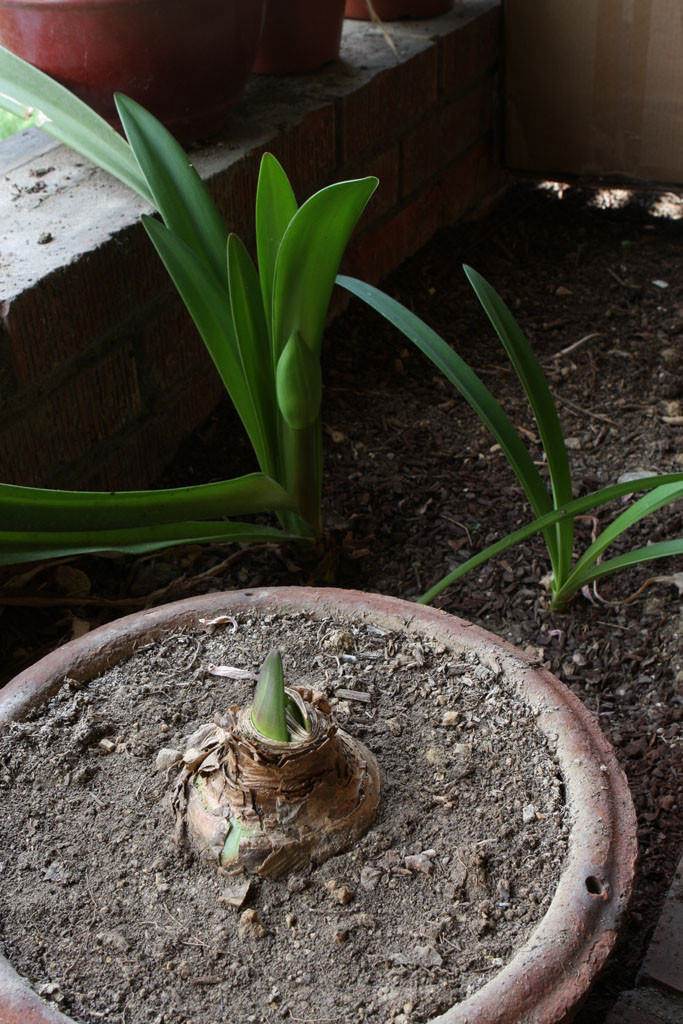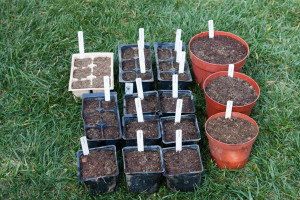2018 Tomato Growing: Ep3 May 18th Update
An update on our tomato plants. Since the last episode, many of the plants have been staked. Some are ripening, some are setting fruit, and some are blossoming.
Zone 10b / San Gabriel Valley / Los Angeles / Southern California / USA
Music: E’s Jammy Jams, “Shine On Harvest Moon”
 One of my favorite bean to eat and cook with is the black bean. I prefer it in burritos, in restaurant style nachos, and in lotus soup. In addition to adding texture to food, black beans are good for you and your liver. In the garden, they are one of the easiest plants to grow.
One of my favorite bean to eat and cook with is the black bean. I prefer it in burritos, in restaurant style nachos, and in lotus soup. In addition to adding texture to food, black beans are good for you and your liver. In the garden, they are one of the easiest plants to grow. 







